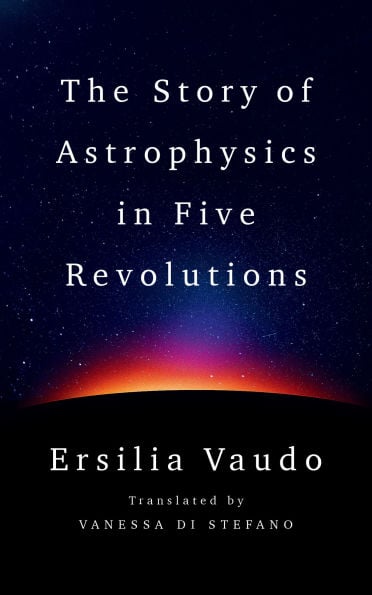
Ersilia Vaudo’s book, The Story of Astrophysics in Five Revolutions, offers a captivating overview of humanity’s journey through the field of astrophysics. Released in 2023, this work encapsulates significant milestones from the early observations of celestial bodies to contemporary theories that challenge our understanding of the universe. Vaudo, a prominent scientist at the European Space Agency, infuses the text with her passion for the subject, making complex concepts accessible and engaging.
Vaudo organizes her narrative into five distinct revolutions, each marking a pivotal shift in our understanding of astrophysics. The book progresses chronologically, beginning with the groundbreaking work of Galileo Galilei and culminating in modern theories such as string theory. Notably, the author highlights the evolution of thought from gravity as a force through an ether to the nuanced frameworks of special relativity.
One of the book’s strengths lies in its emotional resonance. Vaudo invites readers to ponder profound questions about existence while gazing at the night sky. She writes about the awe of contemplating the vastness of the universe and the potential fate of galaxies as our universe continues to expand. This engaging narrative style encourages readers to connect with the material on a personal level.
Connections and Contexts in Astrophysics
While the book focuses on a European perspective, this emphasis is not unwarranted. Historically, Europe has been at the forefront of scientific discovery, serving as a foundation for much of Western knowledge. The text includes references to significant institutions such as CERN and the European Space Agency projects like Euclid and CUORE. Vaudo thoughtfully presents numerous researchers’ contributions, providing a rich context for readers eager to delve deeper into the field.
The absence of complex equations allows for a lighter reading experience, making it suitable for anyone interested in the subject without requiring a background in mathematics or physics. The prose flows smoothly, making it easy to pick up and put down, ideal for vacation reading or casual exploration of scientific concepts.
Additionally, it is worth noting that the original text was written in Italian, and the skillful translation retains the book’s accessibility and charm. As readers navigate the chapters, they will find themselves invited to explore not just the facts of astrophysics but also the emotional landscape that accompanies such discoveries.
Encouraging Curiosity and Exploration
Vaudo’s work is a reminder that the pursuit of knowledge is a journey filled with wonder and curiosity. The book serves as a bridge for those looking to rekindle their interest in science or to embark on a new exploration of astrophysics. Whether one is lounging on a beach or enjoying a quiet evening at home, The Story of Astrophysics in Five Revolutions offers a delightful escape into the mysteries of the universe.
In conclusion, Ersilia Vaudo successfully weaves a narrative that balances scientific insight with emotional engagement. As humanity grapples with its place in an expansive universe, her book serves as both a guide and a source of inspiration, fostering a deeper appreciation for the cosmos and our place within it.






